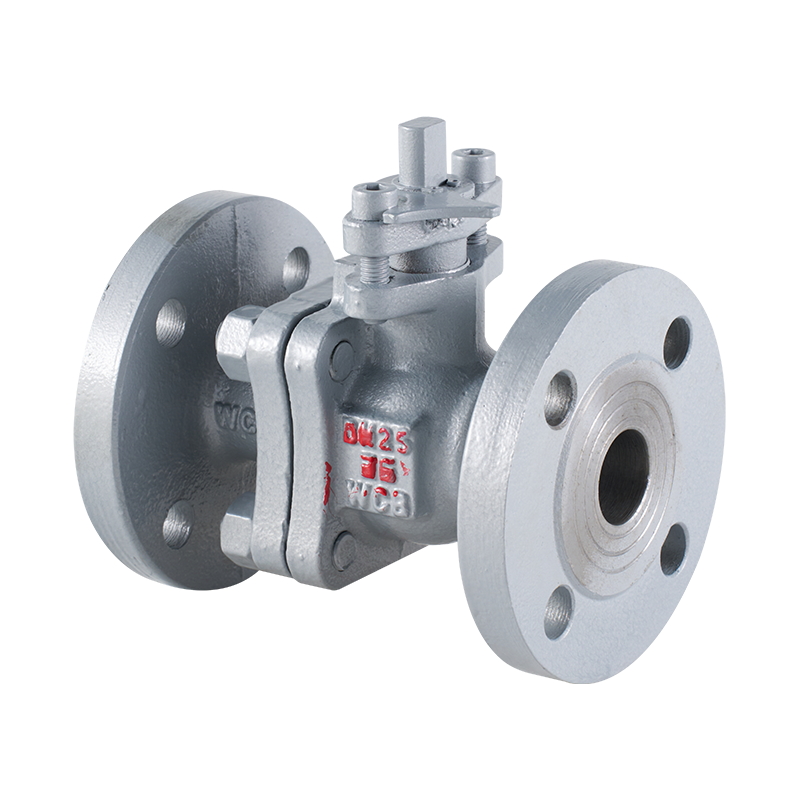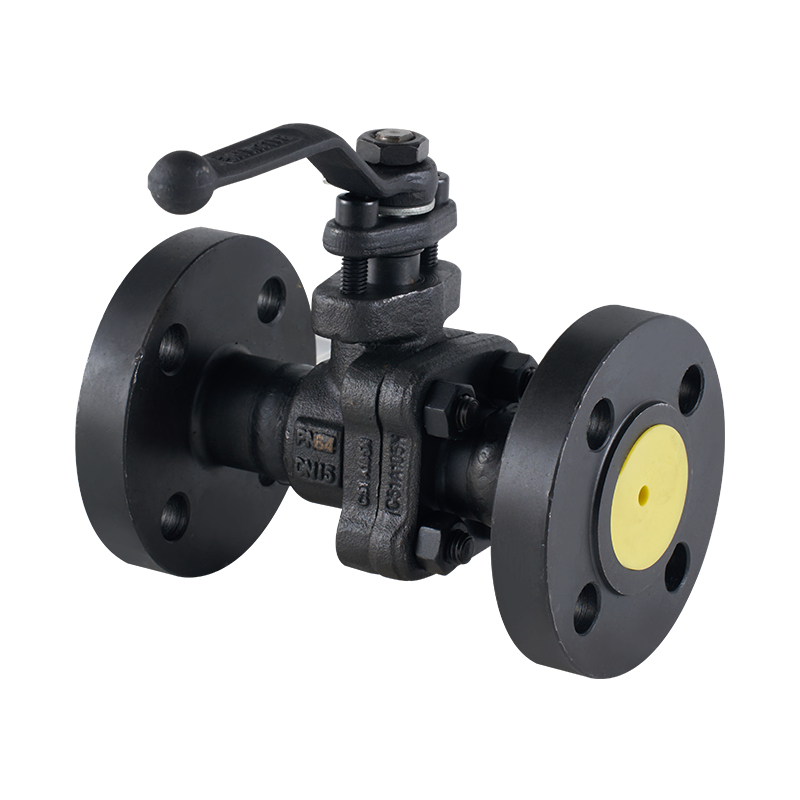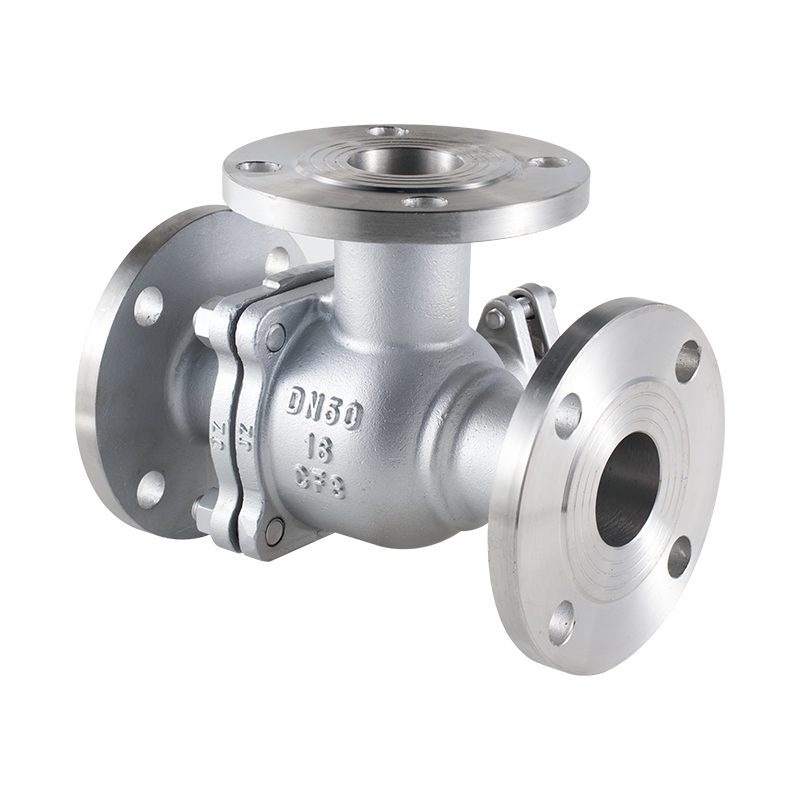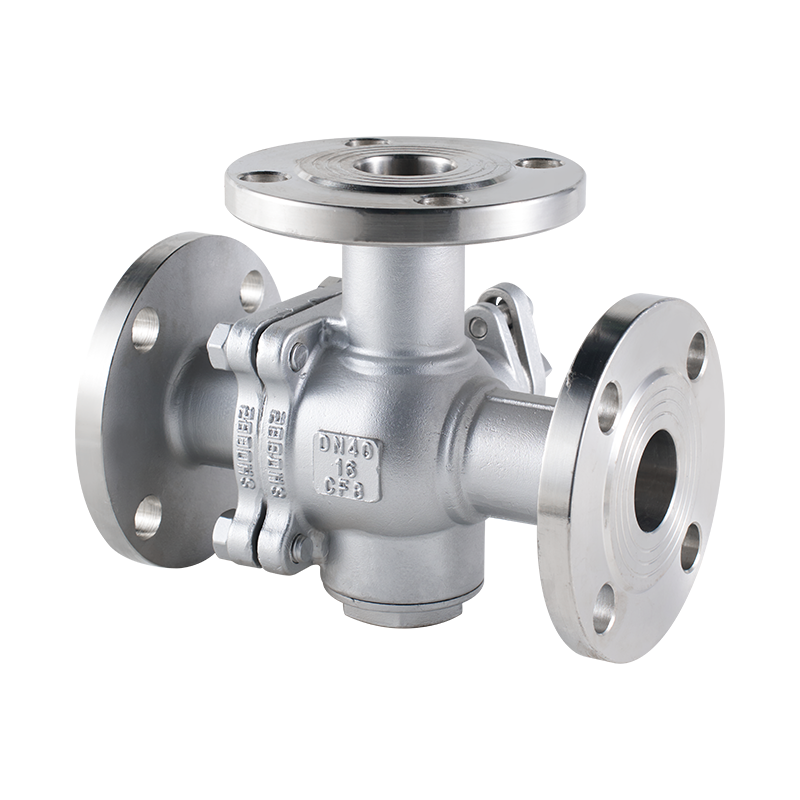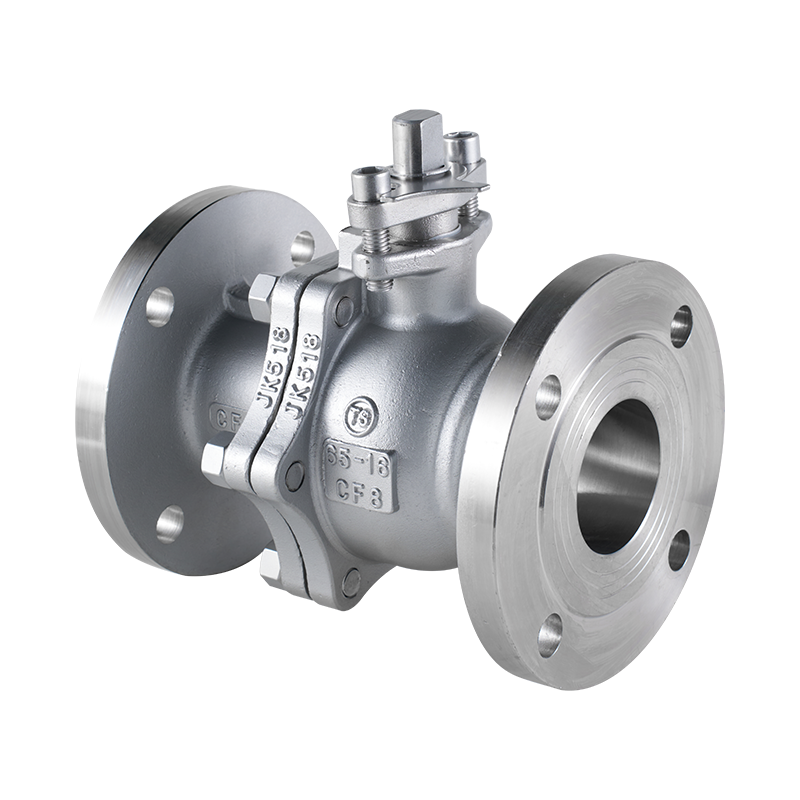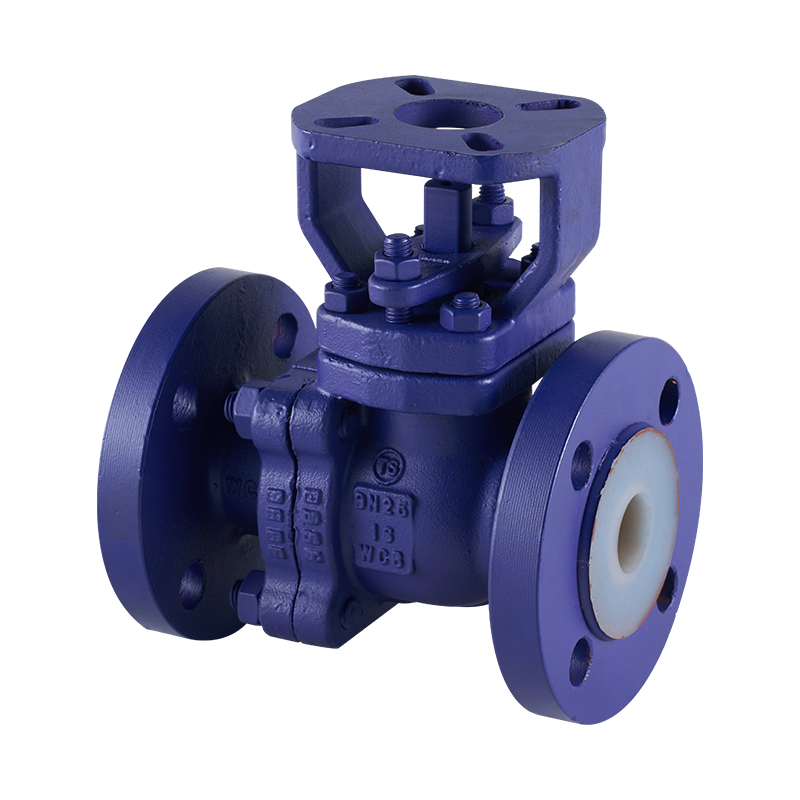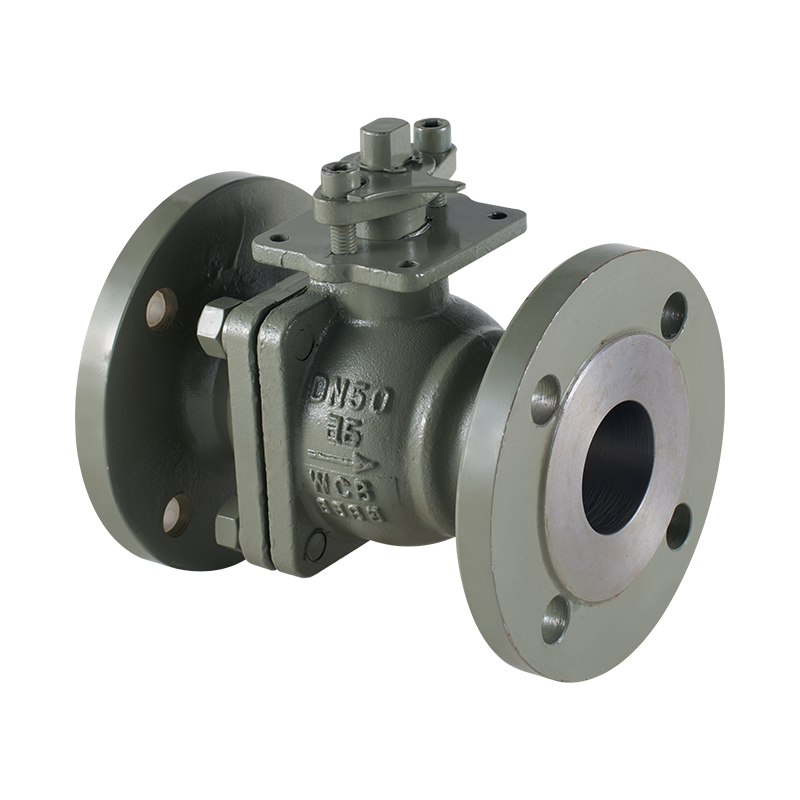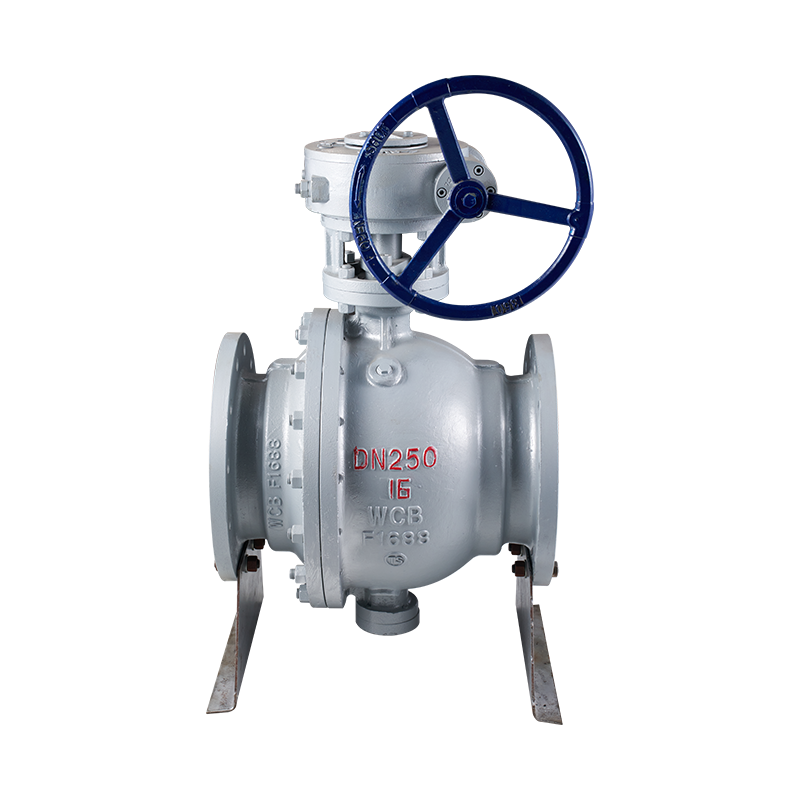The Natural Gas Double Flanged Short Pattern Butterfly Valve plays a crucial role in regulating the flow of natural gas through pipelines and distribution systems. Due to its efficiency, compact design, and ability to handle high-pressure environments, this valve is widely used in the natural gas industry. However, like any mechanical component, the Natural Gas Double Flanged Short Pattern Butterfly Valve can wear out over time due to constant operation, exposure to varying pressures and temperatures, and other operational stresses. It is essential for operators and engineers to recognize when this valve needs to be replaced to maintain safety, efficiency, and performance in the system.
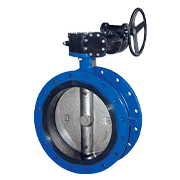
Understanding the Importance of the Natural Gas Double Flanged Short Pattern Butterfly Valve
Before discussing when to replace the valve, it's important to understand why the Natural Gas Double Flanged Short Pattern Butterfly Valve is a critical component in natural gas systems. These valves are designed to control the flow of gas by adjusting the position of a circular disc inside the valve. This design allows for smooth operation and quick, precise control, making them ideal for use in systems that require frequent adjustments. The double flanged design ensures that the valve is securely connected to the pipeline, while the short pattern design contributes to its compact nature, making it easier to install and maintain in tight spaces.
Given the high pressures and fluctuating conditions in natural gas pipelines, it's essential for these valves to operate reliably. When they fail or become inefficient, the entire system can suffer from decreased performance, leaks, or even dangerous accidents.
Common Signs of Wear and Tear in the Natural Gas Double Flanged Short Pattern Butterfly Valve
Over time, the Natural Gas Double Flanged Short Pattern Butterfly Valve may begin to show signs of wear and tear. Understanding these signs can help operators determine when it's time for a replacement.
Leakage Around the Valve Seat
One of the common indications that a Natural Gas Double Flanged Short Pattern Butterfly Valve needs replacement is leakage around the valve seat. As the valve operates, the sealing components, such as the seat or gasket, can degrade due to constant exposure to high-pressure natural gas. If you notice gas leakage from around the valve when it's supposed to be closed, it's a clear sign that the seal has been compromised. Leaks not only reduce efficiency but also pose a significant safety hazard, particularly in natural gas systems where leaks can result in catastrophic consequences.
Difficulty in Operation
If the Natural Gas Double Flanged Short Pattern Butterfly Valve becomes increasingly difficult to operate, it may be time to consider a replacement. The valve should operate smoothly when opened or closed, but over time, internal components such as the disc, shaft, or actuator may wear out. This could bring about difficulty in opening or closing the valve, which can significantly impact the control over gas flow. A valve that does not respond well to adjustments or requires excessive force to operate is a prime candidate for replacement.
Corrosion or Physical Damage
Corrosion is one of the causes of failure in valves exposed to natural gas. The Natural Gas Double Flanged Short Pattern Butterfly Valve is made of materials that can corrode over time, especially when exposed to moisture or chemicals in the gas. If you notice visible signs of corrosion on the valve body, disc, or other critical components, it may have reached the point where replacement is necessary. Corrosion not only weakens the valve but also increases the likelihood of leaks, causing both safety and operational concerns.

 English
English 中文简体
中文简体


